The Middle East and North Africa (MENA) region is rapidly establishing itself as a global leader in steel production, thanks to its rich natural resources and low energy costs. Currently, the region accounts for 37.5% of global direct reduced iron (DRI) production and is making significant strides in sustainable and environmentally friendly steel manufacturing.
Major Developments Across the Region
Looking at the companies in Algeria, Tosyalı Holding stands out with its investments. The company is building a DRI-EAF (Electric Arc Furnace) plant in Algeria with an annual capacity of 2.4 million tonnes. In addition, Danieli is building a 2 million tonne DRI and hot briquetted iron (HBI) production facility. In Libya, the company is leading an 8.1 million tonne DRI/HBI project, one of the largest in the region.
In Saudi Arabia, Baosteel plans to build a DRI-EAF plant with a capacity of 1.5 million tonnes. Vale is increasing local supply with a 4 million tonne pellet plant. Essar is also contributing with a 4 million tonne capacity DRI-EAF plant, positioning Saudi Arabia as a pioneer in green and low carbon steel production.
The United Arab Emirates is one of the most prominent regions in terms of investment. Emirates Steel and JFE are collaborating on a 2.5 million tonne DRI/HBI plant. In a pioneering effort, Masdar and Emirates Steel are exploring the potential of green steelmaking by developing a hydrogen-powered pilot DRI-EAF project.
Among the prominent companies investing in Oman, Vale is building an iron ore concentrate plant with a capacity of 12 million tonnes. Kobelco and Vulcan Green Steel are planning DRI/HBI plants with a total capacity of 5 million tonnes.
In Mauritania, CWP Global is developing a hydrogen-based green HBI plant, further expanding the region's capacity in sustainable manufacturing.
The Middle East is poised to become a major centre for the production of high-quality pellets, DRI and HBI due to low energy costs. The region currently accounts for 37.5% of global DRI production, with Iran increasing production and Saudi Arabia and the UAE seeing declines.
Several major investments are underway thanks to partnerships with Japanese, Chinese and Indian companies. These projects are expected to increase total production by 40 million tonnes over the next few years. However, short-term shortages in the supply of high-quality pellet feedstock are expected.
The Middle East is expected to become an important export market for Europe due to increasing DRI demand. India may also demand high quality pellets from the region in the long term. Due to economic developments in China, pellet prices are expected to rise during the winter months due to supply constraints.
A Strategic Centre for Sustainable Steel
These ambitious projects are transforming the MENA region into a strategic hub for steel production, with an emphasis on environmentally friendly and low-carbon production processes. The region's commitment to green steel production not only strengthens its position in the global market, but also accelerates its leadership in sustainable development.





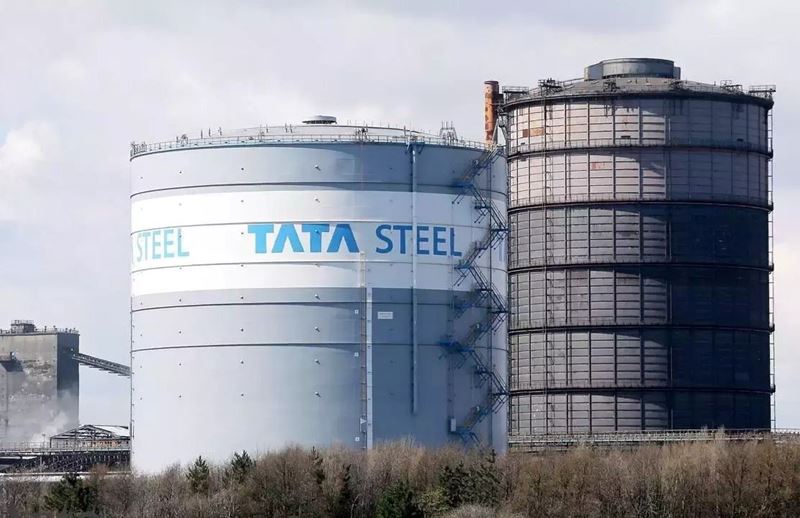
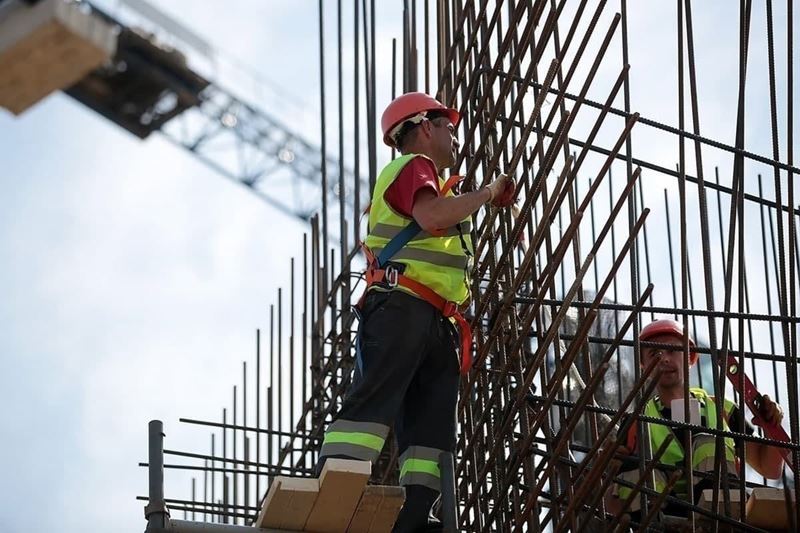
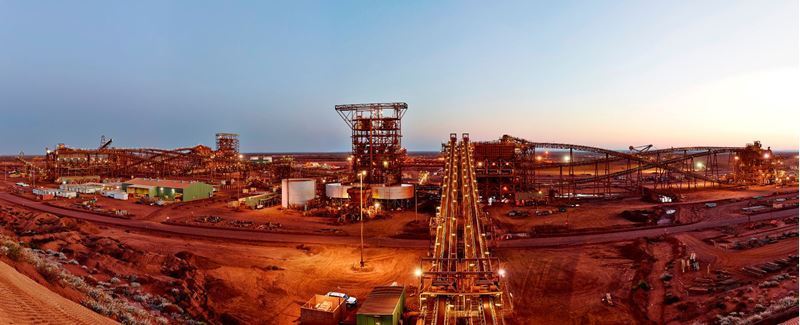
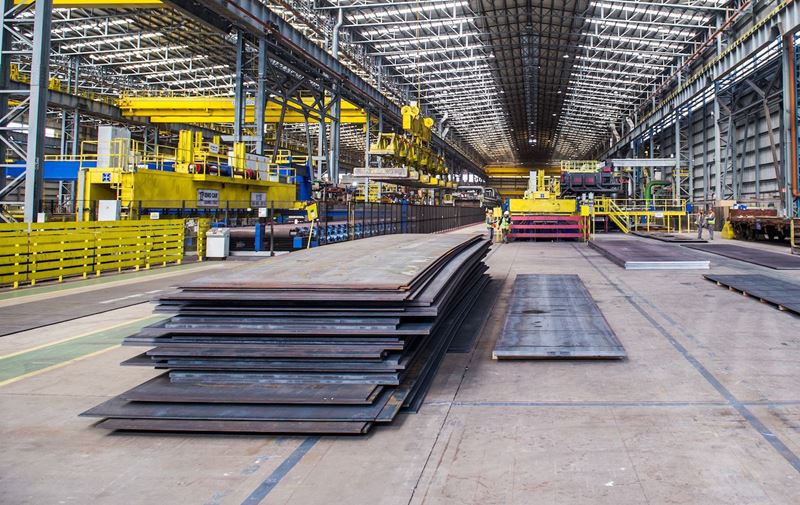
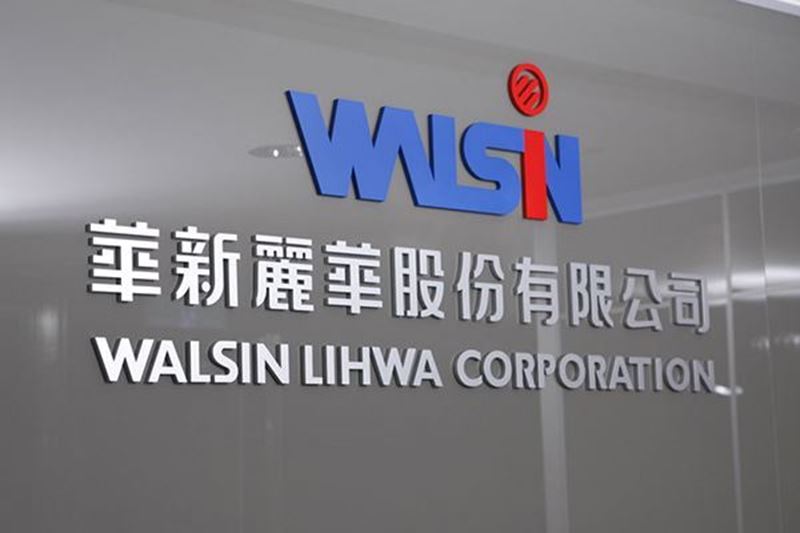

Comments
No comment yet.